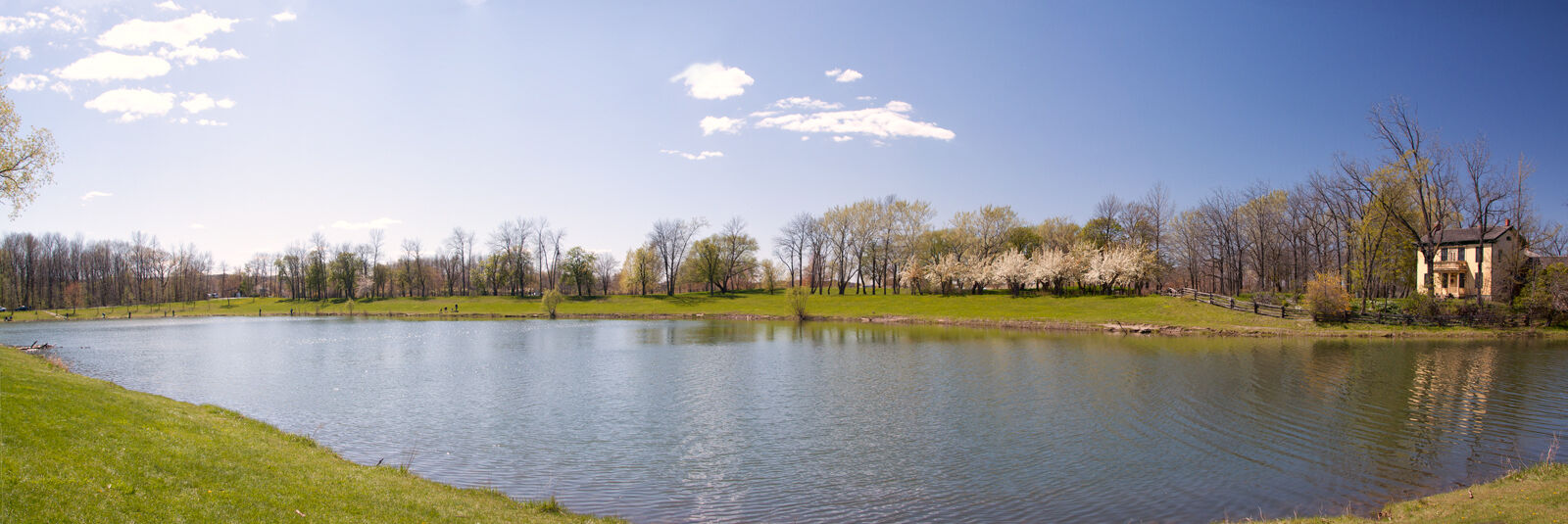COVID-19 UPDATE: Planning a Conservation Area visit? Please call ahead or visit the website to find out if there are any closures or service disruptions. Please find all Conservation Authority contact information here.
Conservation Lands
Collectively, Conservation Authorities own and protect a total of 150,000 hectares, including forests, wetlands, areas of natural and scientific interest, recreational lands, natural heritage and cultural sites, as well as, land for flood and erosion control.
The forests, wetlands, moraines, grasslands and other natural features and ecosystems found in Conservation Areas help to prevent and reduce the harmful impacts of climate change particularly around air quality and heat. They also protect and improve water quality and quantity, reduce flooding, act as drinking water sources and provide habitats for a wide range of wildlife, fish and birds. replica rolex sky dweller
The benefits of these natural areas contribute significantly to achieving many of the broader provincial policy objectives around Great Lakes, climate change and source protection.
Among these lands are approximately 500 Conservation Areas. Many of these (more than 300) are publicly accessible. The Conservation Areas’ lands make up approximately 80,000 hectares.
Conservation Lands have many important uses, such as:
- They protect important natural features as well as ecosystems and their functions
- They provide recreational opportunities for people to enjoy such as hiking, canoeing, camping, snowshoeing and many other outdoor activities
- They provide living classrooms for schools, nature groups and others to explore and learn about nature
Conservation Authorities carry out various land management activities which protect, enhance and restore the natural lands contained within Conservation Areas. These activities include:
- Forest management/Tree planting
- Natural heritage protection
- Naturalization and restoration
- Stormwater management
- Shoreline restoration and protection
- Soil conservation
- Monitoring and reporting on conditions
- Water management
- Environmental education
- Outdoor recreation programs and services
Outdoor Recreation
Ontario’s Conservation Areas include more than 8,400 campsites and 2,600 km of trails. More than six million campers and day users visited a Conservation Area in 2015 alone.
Conservation Areas encourage people to get outdoors and be active, as well as enjoy and appreciate nature. They provide year-round facilities and outdoor recreational opportunities for people of all ages and abilities, including picnicking, boating, camping, swimming, hiking, fishing, cycling, snowshoeing, downhill skiing, cross-country skiing and even more extreme recreational opportunities such as snowboarding, fat biking, rock climbing and ice climbing.
Although some Conservation Areas have limited access in order to protect sensitive lands and/or wildlife, many provide important public recreational opportunities at low or no cost.
Learn more about Healthy Hikes

